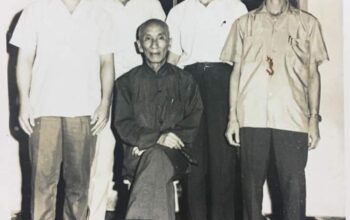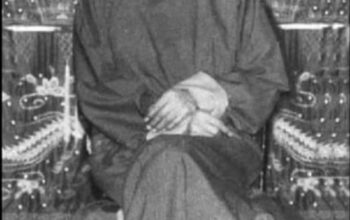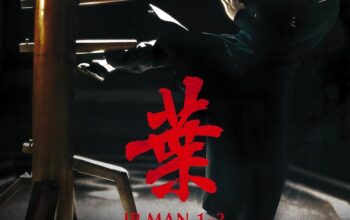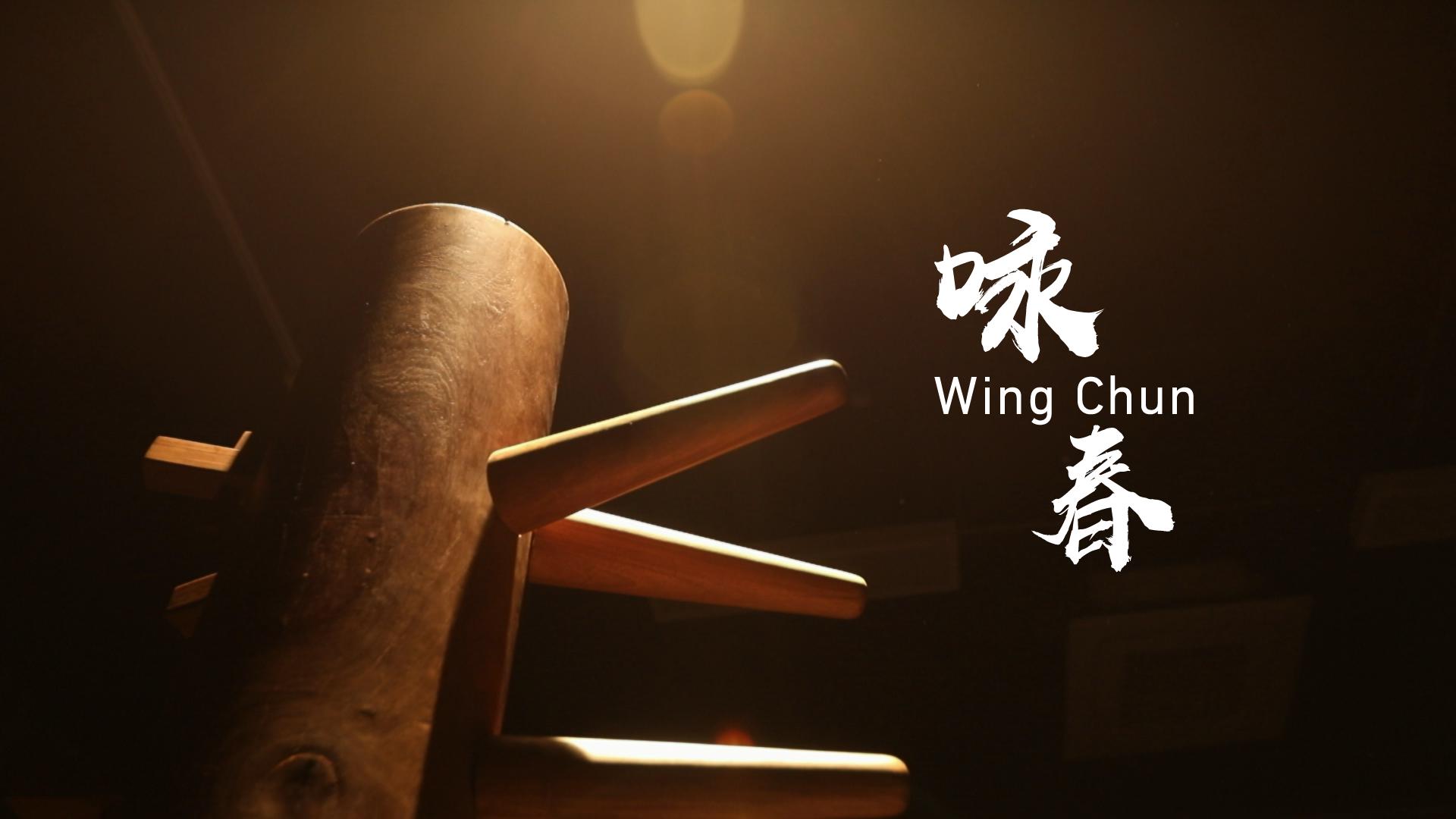Title: The Principles of Wing Chun: The Art of Efficiency and Balance
Introduction
Wing Chun is a highly effective martial art known for its practicality, efficiency, and focus on close-quarters combat. Developed in southern China, Wing Chun emphasizes principles that enable practitioners to overcome larger and stronger opponents with ease. In this article, we will explore the core principles that define the essence of Wing Chun.
1. Centerline Theory
The centerline theory is the foundation of Wing Chun. It is based on the concept that the shortest distance between two points is a straight line. Practitioners of Wing Chun focus on attacking or defending along the centerline of the body. By maintaining a strong central axis and directing their strikes directly at the opponent’s centerline, Wing Chun practitioners maximize their efficiency and minimize the chances of telegraphing their movements. This principle enables practitioners to intercept attacks quickly and maintain control over the fight.
2. Economy of Motion
Wing Chun emphasizes the principle of economy of motion. It advocates for the use of the shortest, most direct and efficient movements possible. By eliminating unnecessary techniques and minimizing large, flashy movements, practitioners conserve energy and execute their techniques with greater speed and accuracy. This principle allows Wing Chun practitioners to strike rapidly and continuously, maintaining a constant flow of attacks while leaving no openings for the opponent to exploit.
3. Simultaneous Attack and Defense
In Wing Chun, defense and offense are not separate actions but rather simultaneous and interconnected. This principle is known as “Lap Sao Da,” which means simultaneous attack and defense. Instead of blocking an opponent’s attack and then retaliating, Wing Chun practitioners intercept and redirect the opponent’s force while simultaneously launching their counterattack. This approach allows practitioners to control the opponent’s movements and maintain a continuous offensive pressure, overwhelming them with a relentless barrage of strikes.
4. Sensitivity and “Sticking”
Wing Chun places great emphasis on sensitivity and tactile awareness. Practitioners develop their ability to “stick” or adhere to their opponent’s limbs, feeling their movements and intentions. This principle, known as “Chi Sao,” enables practitioners to sense and exploit openings in the opponent’s defense. By maintaining constant contact and using subtle changes in pressure, Wing Chun practitioners can redirect and control their opponent’s movements, creating advantageous positions for attack or defense.
Conclusion
The principles of Wing Chun embody a philosophy of efficiency, balance, and adaptability. By adhering to the centerline theory, emphasizing economy of motion, implementing simultaneous attack and defense, and developing sensitivity and sticking skills, practitioners of Wing Chun can overcome physical disadvantages and achieve dominance in close-quarters combat. These principles make Wing Chun a formidable martial art that transcends size and strength, embodying the essence of skillful martial arts techniques.







